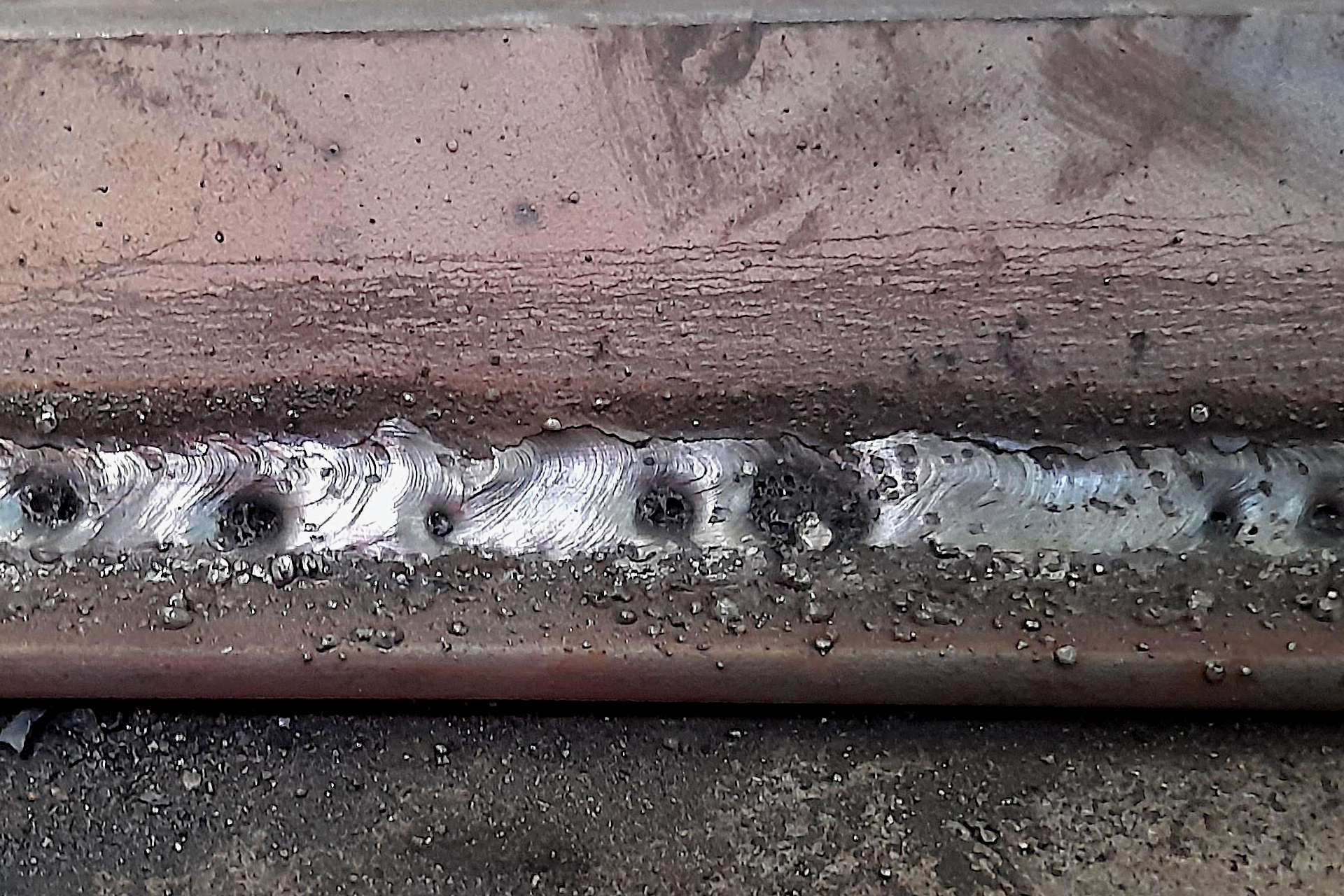Grasping the Art of Welding: Exactly How to Prevent Undercut Welding Issues for Flawless Construction Results
Performance and precision are extremely important on the planet of welding, where even the least flaw can compromise the architectural integrity of a produced item. One typical obstacle that welders face is undercutting, a defect that can weaken a weld joint and lead to expensive rework. By recognizing the source of undercut welding and carrying out reliable strategies to avoid it, welders can elevate their craft to new degrees of excellence (Preventing weld undercut). In the quest of remarkable construction outcomes, grasping the art of welding to stay clear of undercut concerns is not just an ability but a requirement for those making every effort for excellence in their work.
Understanding Undercut Welding

To stop undercut welding, welders need to make sure proper welding specifications, such as readjusting the present, voltage, traveling speed, and preserving the correct electrode angle. Furthermore, utilizing the suitable welding strategy for the specific joint setup is essential. Utilizing weaving motions or backstepping strategies can help make sure proper weld metal deposition and minimize the chance of undercut formation. Normal inspection of welds during and after the welding process is additionally important to catch any undercut early and make needed changes to stop additional issues. Preventing weld undercut. By understanding the root causes of undercut welding and carrying out preventative procedures, welders can achieve top notch, structurally audio welds.
Reasons For Undercut in Welding
Recognizing the aspects that add to damage in welding is necessary for welders to create high-quality, structurally sound welds. Undercutting takes place when the weld metal does not correctly fill the groove created in between the base metal and the previously transferred weld metal. Several elements can cause damage in welding. One common reason is extreme warm input. Welding at heats for prolonged periods can cause the base metal thawing even more than desired, causing damage. Inadequate welding existing or inaccurate welding speed can additionally add to damage. Inadequate current might not give sufficient warm to thaw the base and filler metals effectively, while excessive rate can stop correct combination, causing undercut. In addition, inappropriate electrode angles or wrong lantern manipulation strategies can create locations of low weld steel deposition, promoting undercut. Understanding these reasons and implementing appropriate welding techniques can help prevent damaging concerns, making sure strong and long lasting welds.
Methods to stop Undercutting

To mitigate the threat of damaging in welding, welders can use critical welding strategies intended at improving the high quality and integrity of the weld joints. In addition, utilizing the proper welding strategy for the particular joint arrangement, such as weave or stringer beads, can add to reducing damaging.
In addition, correct joint prep work, consisting of making sure clean base materials free of impurities and using the suitable welding consumables, is critical in avoiding undercut issues. Utilizing back-step welding techniques and regulating the weld bead profile can likewise aid distribute warmth equally and minimize the danger of undercut. Regular assessment of the weld joint during and after welding, along with applying quality control measures, can help in spotting and addressing damaging concerns immediately. By carrying out these methods diligently, welders can attain flawless manufacture results with marginal undercut flaws.
Relevance of Proper Welding Specifications
Picking and maintaining suitable welding parameters is necessary for attaining successful welds with very little flaws. Welding criteria refer to variables such as voltage, present, take a trip rate, electrode angle, and securing gas circulation rate that directly affect the welding procedure. These criteria have to be thoroughly changed based on the kind of product being welded, its density, and the welding technique utilized.
Appropriate welding criteria make certain the right amount of heat is related to thaw the base metals and filler material uniformly. If the parameters are set too high, it can result in extreme warm view publisher site input, triggering distortion, spatter, or burn-through. On the other hand, if the parameters are too low, incomplete fusion, absence of infiltration, or damaging may happen.
Quality Control in Welding Procedures

Conclusion
To conclude, understanding the art of welding calls for a thorough understanding of undercut welding, its reasons, and techniques to avoid it. By making certain proper welding criteria and carrying out quality control techniques, flawless manufacture outcomes can be accomplished. It is essential for welders to continually pursue excellence in their welding procedures to avoid undercut problems and produce high-grade welds.
Undercut welding, a typical defect in welding procedures, occurs when the weld steel does not correctly fill up the groove and leaves a groove or depression along the bonded joint.To avoid undercut welding, welders should make sure proper welding specifications, such as adjusting the present, voltage, traveling speed, and preserving the correct electrode angle. Inadequate welding inaccurate or current welding rate can likewise add to undercut.To alleviate the threat of undercutting in welding, welders i thought about this can utilize critical welding strategies intended at enhancing the top quality and integrity of the weld joints.In final thought, mastering the art of welding calls for a detailed understanding of undercut welding, its causes, and techniques to avoid it.